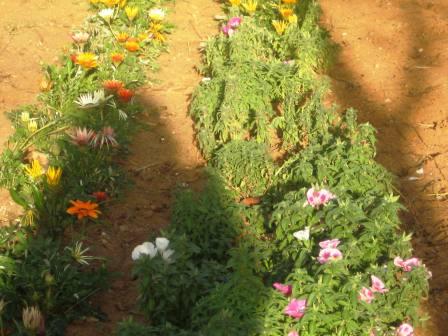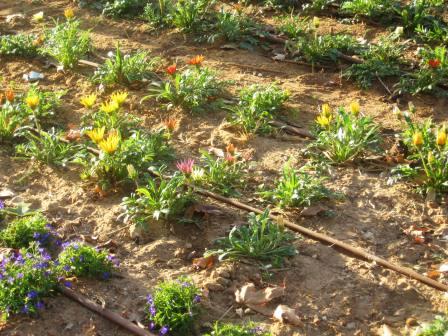The benefits of drip irrigation continue to be talked about in the gardening and agriculture industries as well as by the media. Water efficiency, conservation of a natural resource, and the prevention of runoff are just a few of the reasons that drip irrigation has become more of a ‘front burner’ subject in recent years. Yet, I still observe my neighbors (in the suburbs of Philadelphia) almost exclusively using overhead sprinklers for watering their gardens and lawns. And to be honest, although I water minimally, I haven’t made the switch to drip hoses 100% either—partly because adjusting the system and ensuring the right valve settings can feel like a bit of a hassle. Fortunately, resources like Valve Warehouse make it easier to find the right equipment and simplify the process.
Initially, it does cost more to set up a drip irrigation system but the payoff is a quick one with a sizable reduction in water bills. So, what’s the reason that a lot of us don’t make a ‘sweeping’ change? Because it’s easier not to, of course. Old habits die hard, I understand. Could it be that we don’t take the need for water conservation seriously? Or do we think that our actions individually really don’t make a difference?
 Since I started visiting Israel several years ago, I’ve been amazed that almost all of the flowers I’ve seen, no matter where in the country, are watered by drip irrigation. For such a small country with large swathes of desert and limited water resources, it has always been necessary for Israelis to discover a way of conserving their water usage.
Since I started visiting Israel several years ago, I’ve been amazed that almost all of the flowers I’ve seen, no matter where in the country, are watered by drip irrigation. For such a small country with large swathes of desert and limited water resources, it has always been necessary for Israelis to discover a way of conserving their water usage.
The history of drip irrigation dates back thousands of years to when farmers who knew that they had to supply water to crops did so by burying pots with small holes in the bottom of them near the roots of plants.
Until I did some research on it, I never knew that the modern technology of drip irrigation was created in Israel by Simcha Bass and his son. Instead of using holes to emit water as was done previously, in Bass’ new system, water was transported and released through longer and larger tubing by using water to slow the velocity inside a plastic emitter. In 1959, the first experimental drip irrigation of this type was created when Bass partnered with a kibbutz and created a company called Netafim. By 2005, over 60% of Israel’s agricultural land was watered through drip irrigation, while the United States was at 6%.
The skinny on why I’m even bothering to write this article? You already know: merely as a timely reminder that winter or early spring is the perfect time to go to your local big box store or garden center and stock up on drip hoses. After your initial weeding in early spring and prior to laying down mulch is the ideal time to install them. Yes, it may take some time and patience to get them positioned as close to the base of plant material as possible, but it’s worth it!
I know first hand that in the long run, drip irrigation saves a heck of alot of money, and in some cases, your plants. I have two rows of leyland cypresses flanking my steeply hilled driveway. It is precisely because of the hill’s steepness that for years it retained little rainwater, with a tremendous amount of runoff. One year when I noticed that cypresses lower branches were dying off, yours truly finally figured out that they weren’t getting enough water. If I hadn’t encircled them with drip hoses that season, I’m close to 100% sure that they would be dead by now.
How about you? Are some of you drip hose advocates or converts? Any of you who think that drip hoses are a big waste of time and money? All opinions are welcome!!


